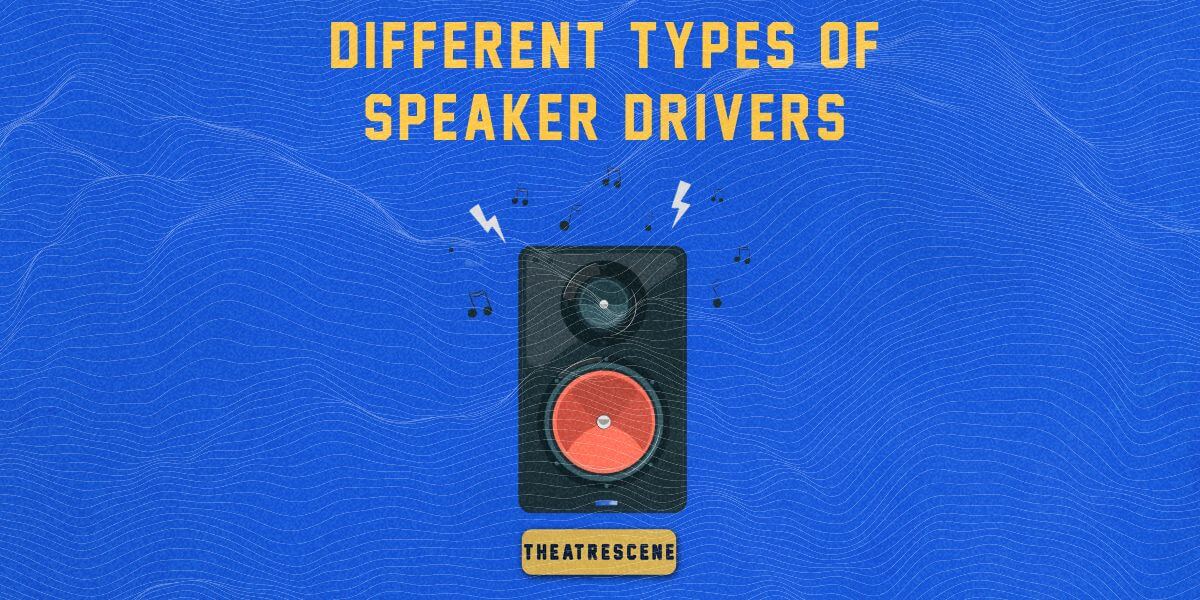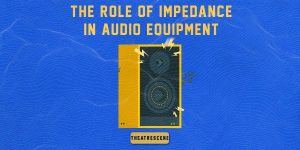In my years of tinkering and testing with all things audio, I’ve had my fair share of encounters with various types of speaker drivers, each holding a unique place in the grand tapestry of sound reproduction. That’s why today, we’ll unravel the mystery behind speaker drivers – the heart and soul of your audio experience.
So, if you’ve ever wondered why some speakers outperform others, you’re in the right place to find out!
Different types of speaker drivers
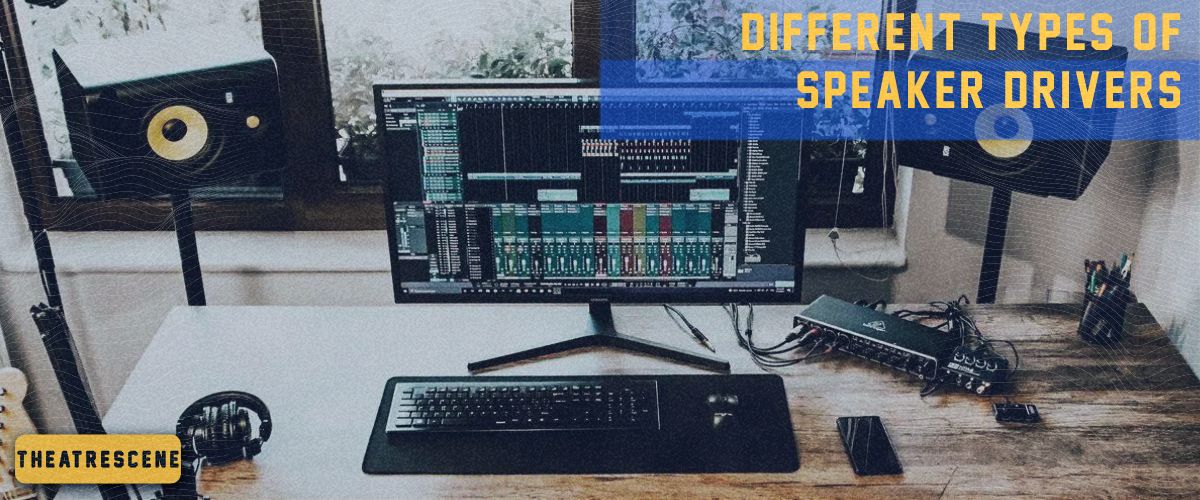
Woofers
First up, we’ve got the woofers. These are the drivers for speaker systems that handle low-frequency sounds. These guys are responsible for pumping out the low frequencies, providing that warm and rich base that fills the room. Typically ranging from 6 to 15 inches in diameter, woofers are designed with larger cones to move more air and generate those low tones. It’s all about size when it comes to woofers – the bigger, the bassier.
Tweeters
Then, we have tweeters, the masters of high frequencies. These small and nimble drivers are essential for reproducing the crisp and clear sounds in music and audio. Common materials for tweeters include soft fabrics like silk or harder materials like metal, each bringing their own characteristics to the sound. The choice of material can really affect the ‘brightness’ or ‘warmth’ of the sound, so it’s a vital consideration for loudspeaker drivers.
Mid-range drivers
Sitting comfortably in the middle are the mid-range drivers. These are paramount for processing the middle spectrum of sound, where many of the intricate details live – vocals, acoustic instruments, and the like. Getting this right is necessary for a balanced and accurate sound, making mid-range drivers an indispensable part of a well-rounded speaker setup.
Subwoofers
Next, we have the subwoofers, all about the low end. They go even lower than woofers, which is pretty cool. There are two types – passive and active subwoofers. Passive ones need external amplification, while active ones have their own built-in amps. I personally prefer active subs because they’re more convenient and easier to set up, but each has its pros and cons.
Mid-bass driver vs subwoofer
Before we continue, here is a quick note on mid-bass drivers vs subwoofers. Mid-bass drivers fill in the gap between woofers and subwoofers, handling the upper bass frequencies. They play a key role in the ‘punchiness’ of the bass, making them a key component for a balanced audio experience.
Full-range drivers
Finally, we arrive at the full-range speaker drivers. These guys aim to do it all, reproducing the entire audio range without the need for crossovers to split the signal. While this simplicity has its perks, it’s a tough job for one driver to handle, and some argue that dedicated drivers (like woofers and tweeters) can provide a more accurate reproduction across the spectrum. But hey, it’s all about finding what sounds perfect to your ears!
The role of materials
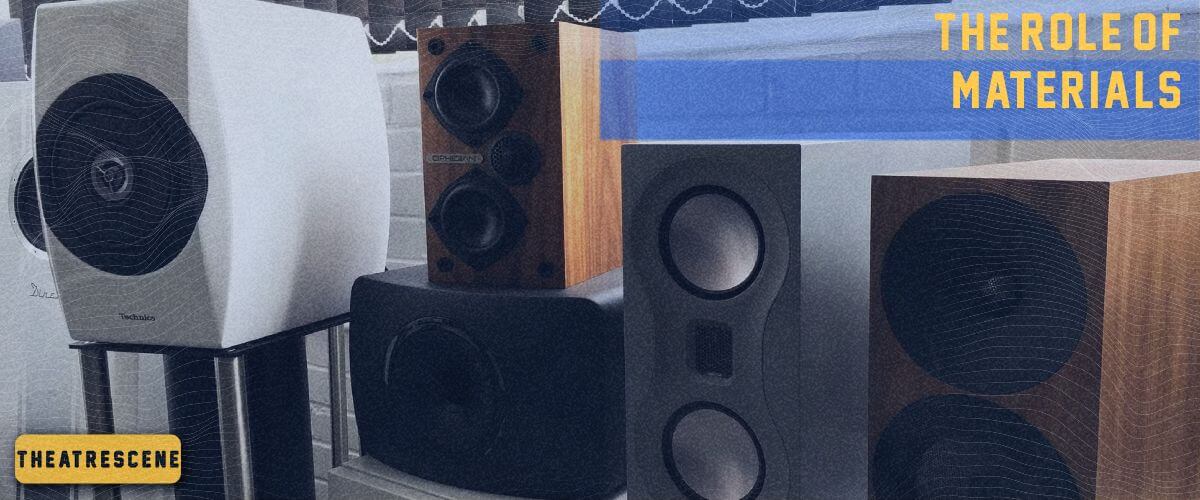
Over the years, I’ve tinkered with speakers of all shapes and sizes, and I can tell you, the choice of material for the cone is really important. Paper cones have this authentic vibe, giving you a warm and natural sound, but they might not be the most suitable in terms of durability. Plastic cones, on the other hand, can take a beating and keep on playing, but sometimes at the cost of sound quality. Metal cones are stiff and durable, delivering crisp and clear sound, but they can sometimes introduce a bit of harshness to the audio. It’s like walking a tightrope between precision and smoothness.
Now, let’s talk about the surround. This is the outer part of the speaker that moves in sync with the cone, and it’s typically made of materials like rubber or foam. Rubber surrounds are durable and provide great speaker movement, ensuring a long-lasting performance. Foam surrounds, while they might not last as long as rubber, can offer a smoother movement for the cone, contributing to a better sound quality.
Crossover networks and driver integration
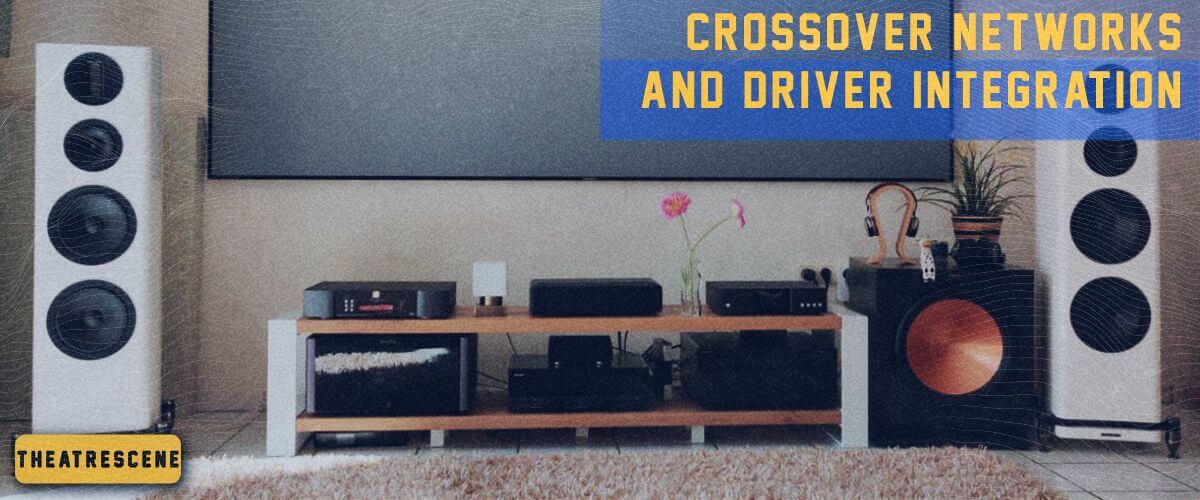
So, what’s a crossover? Think of it as the traffic director of your speaker system. Its main job is to make sure that low, mid, and high frequencies are routed to the respective drivers – woofers, midranges, and tweeters – that can handle them well. This ensures a cleaner, more precise sound output, keeping those bass thumps tight and the treble crisp.
There are two main types of crossovers: active and passive. The passive ones are built into the speakers and they do their job once they receive the signal from the amplifier. They’re simpler and don’t require an external power source, but they have their limitations in terms of precision and efficiency.
On the flip side, active crossovers are placed before the amplifier’s signal is divided and sent to the drivers. This setup allows for more control and accuracy in directing frequencies, but it requires a separate power source and can be a bit more complex to set up.
Both types have their place in the audio world, and choosing between them depends on your specific needs and setup. So whether you’re rocking a home theater system or a high-end audio rig, understanding crossovers and driver integration is key to achieving that perfect sound balance.

